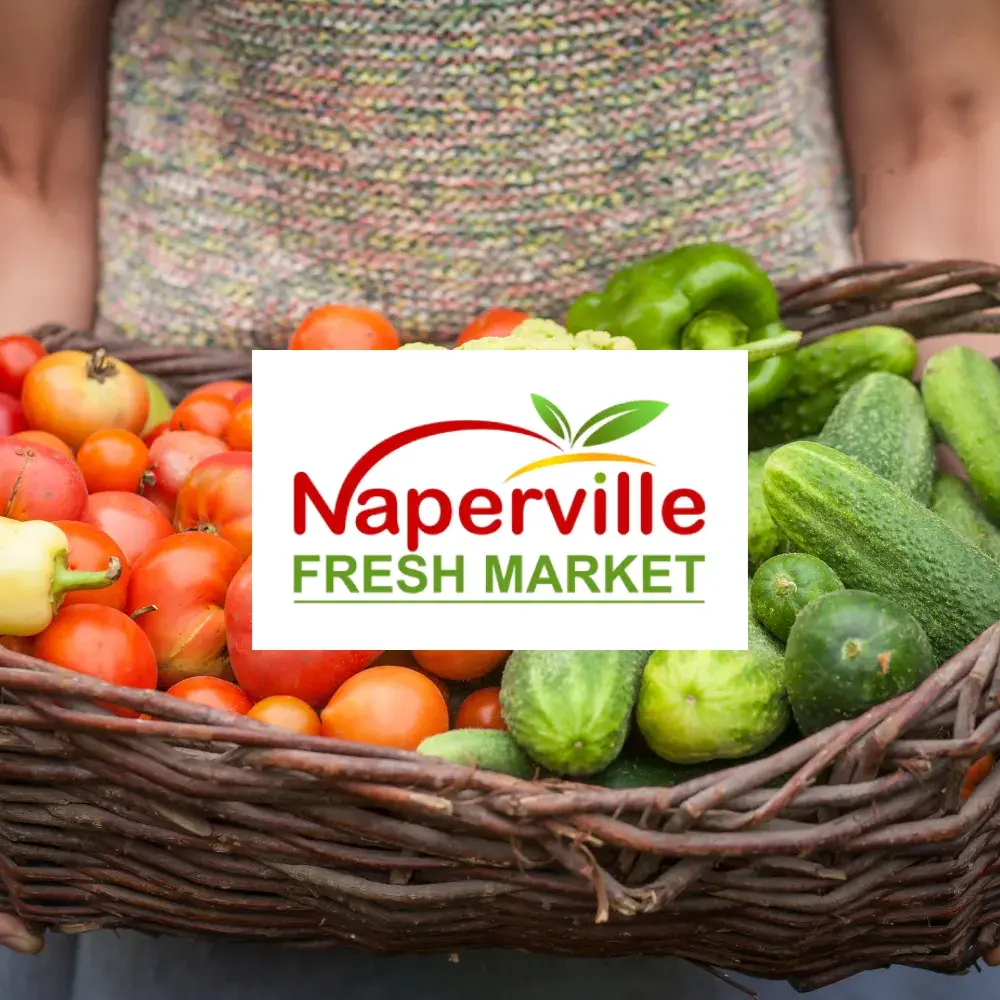Winter’s Root Vegetables and Citrus Delights
As temperatures drop, winter offers an abundance of root vegetables like carrots, sweet potatoes, and parsnips. These hearty options are rich in nutrients and ideal for warm, comforting dishes. Citrus fruits such as oranges, grapefruits, and lemons also come into season, providing a burst of vitamin C when our immune systems need it most. Eating seasonally in winter ensures you enjoy produce that naturally thrives in colder months, enhancing both your health and the environment.
Spring Brings Fresh Greens and Early Harvests
Spring is a time of renewal, with an array of fresh greens and early harvest vegetables coming into season. Asparagus, peas, and leafy greens like spinach are among the first to appear, bringing with them a light, crisp taste perfect for salads and sautés. The freshness of these springtime foods offers a revitalizing change from winter’s heavier options, providing your body with essential nutrients as the weather warms. Shopping for spring produce at local departments or farmers’ markets can further guarantee freshness and flavor.
Summer’s Bounty: Juicy Fruits and Vibrant Vegetables
The abundance of summer brings a variety of juicy fruits and vibrant vegetables that thrive in the heat. Berries, peaches, tomatoes, and bell peppers are at their best, offering bright colors and intense flavors. Enjoying these fruits and vegetables while they are in season ensures that you are consuming them when their nutritional content is at its highest. Incorporating summer’s produce into your diet provides hydration and a range of vitamins that complement the season’s active lifestyle.
Autumn’s Harvest: Squashes and Orchard Fruits
As the air cools, autumn introduces a selection of squashes, apples, pears, and other hearty produce that transition us from summer’s light fare to richer, more robust flavors. Root vegetables and squashes like butternut and acorn add warmth to dishes, while orchard fruits deliver crisp, sweet notes perfect for baking or snacking. Eating with the rhythm of the seasons not only connects us to nature’s cycles but also supports local agricultural departments that rely on these natural harvest times.
By understanding the seasonal availability of produce, you can enjoy a diverse and nutritious diet year-round. This approach not only enhances your meals with peak flavors but also encourages sustainable consumption patterns. Embracing the natural calendar of fruits and vegetables brings you closer to the source of your food, making each meal an opportunity to savor nature’s offerings.
Learn More
How Seasonal Produce Availability Impacts Flavor and Nutritional Value
The Importance of Seasonal Produce: Why Eating with the Seasons Matters

